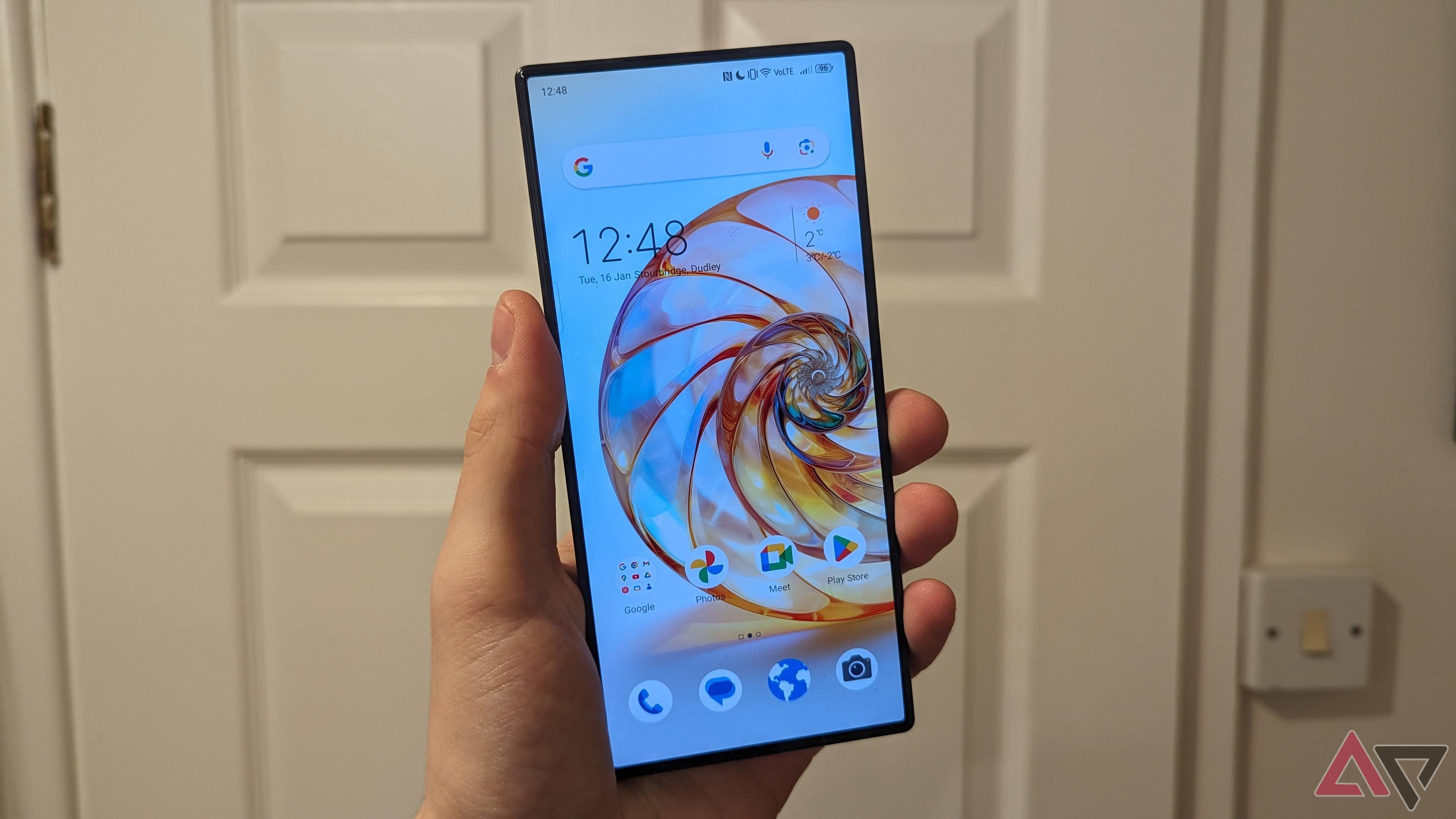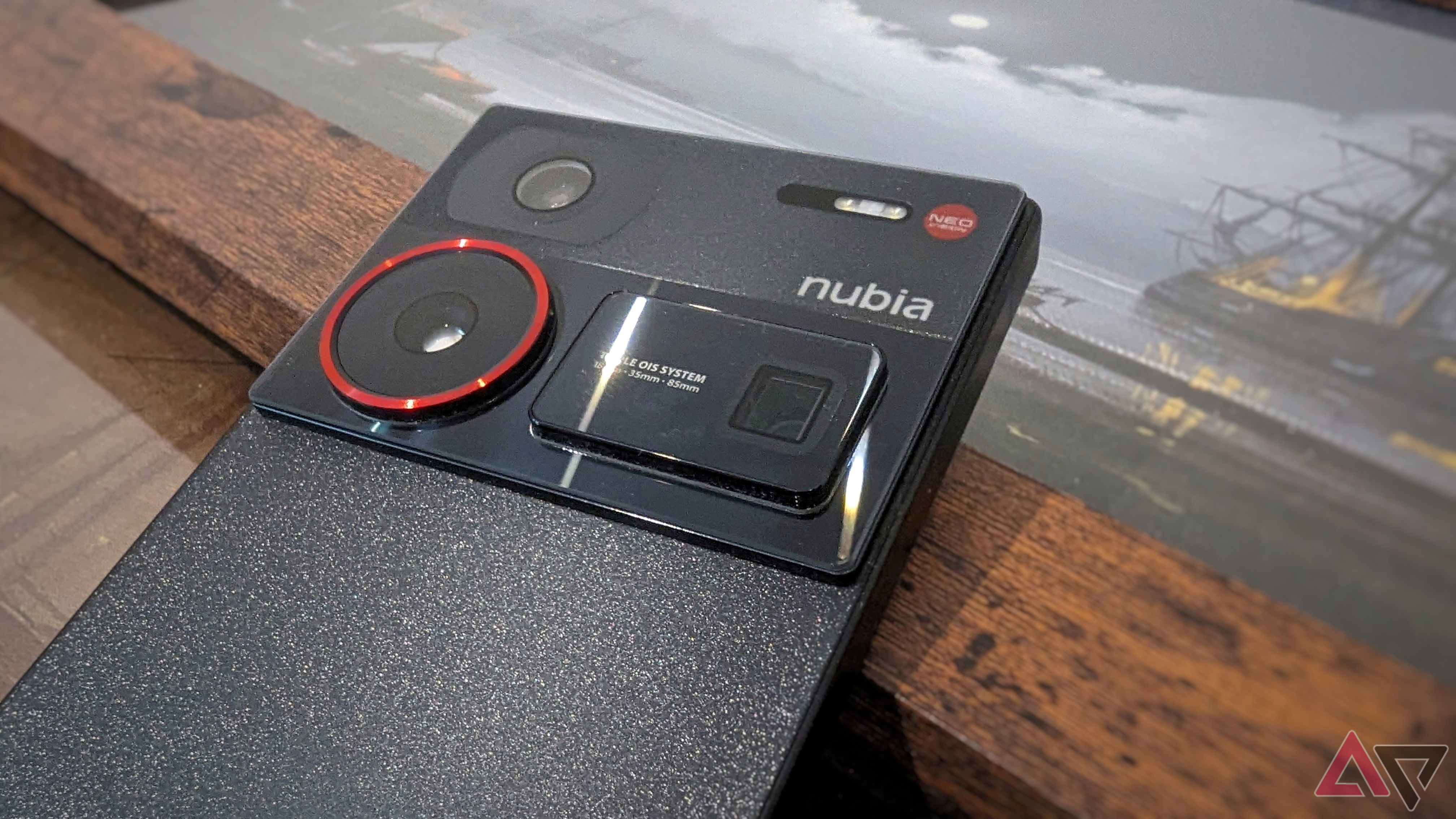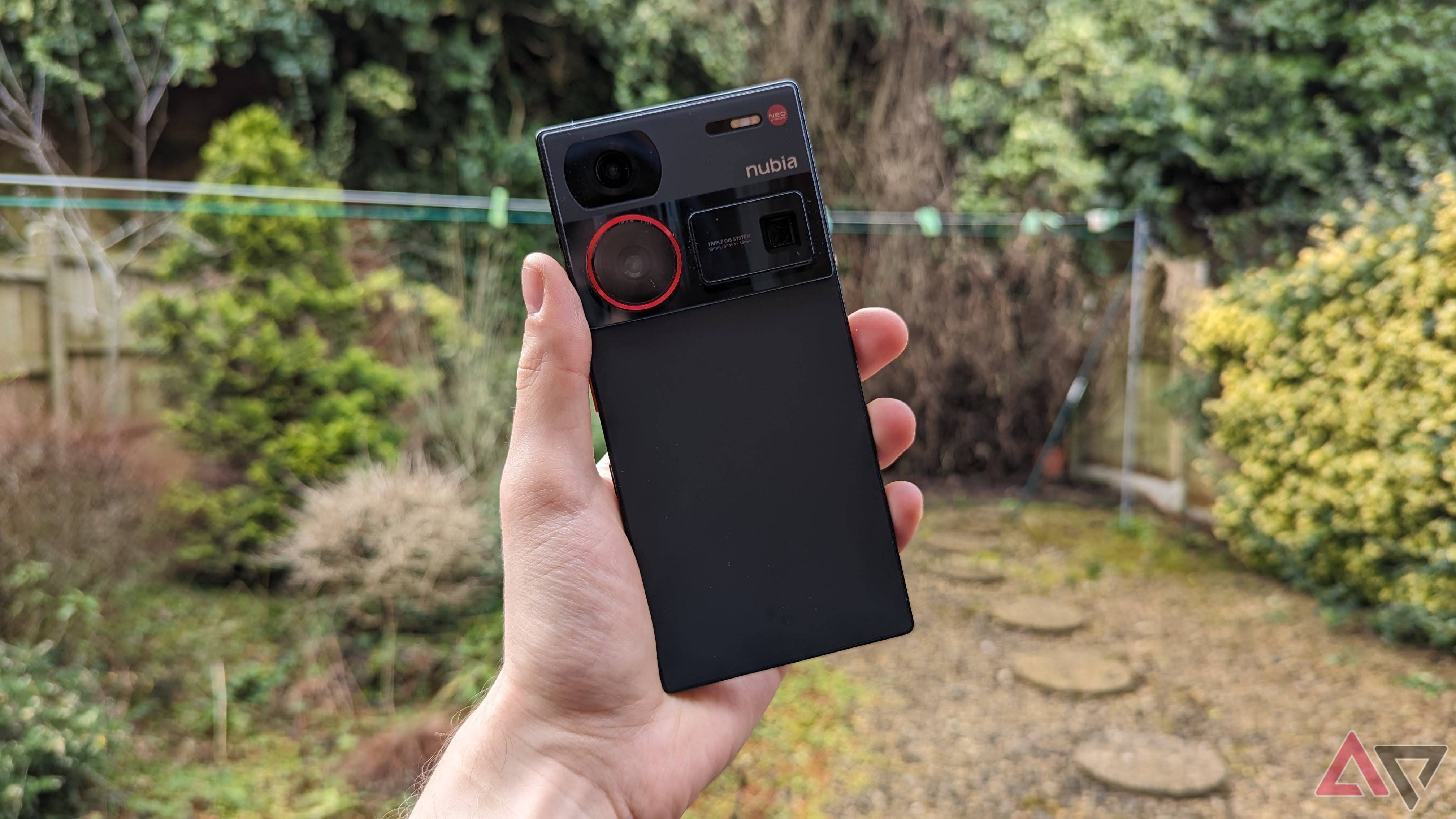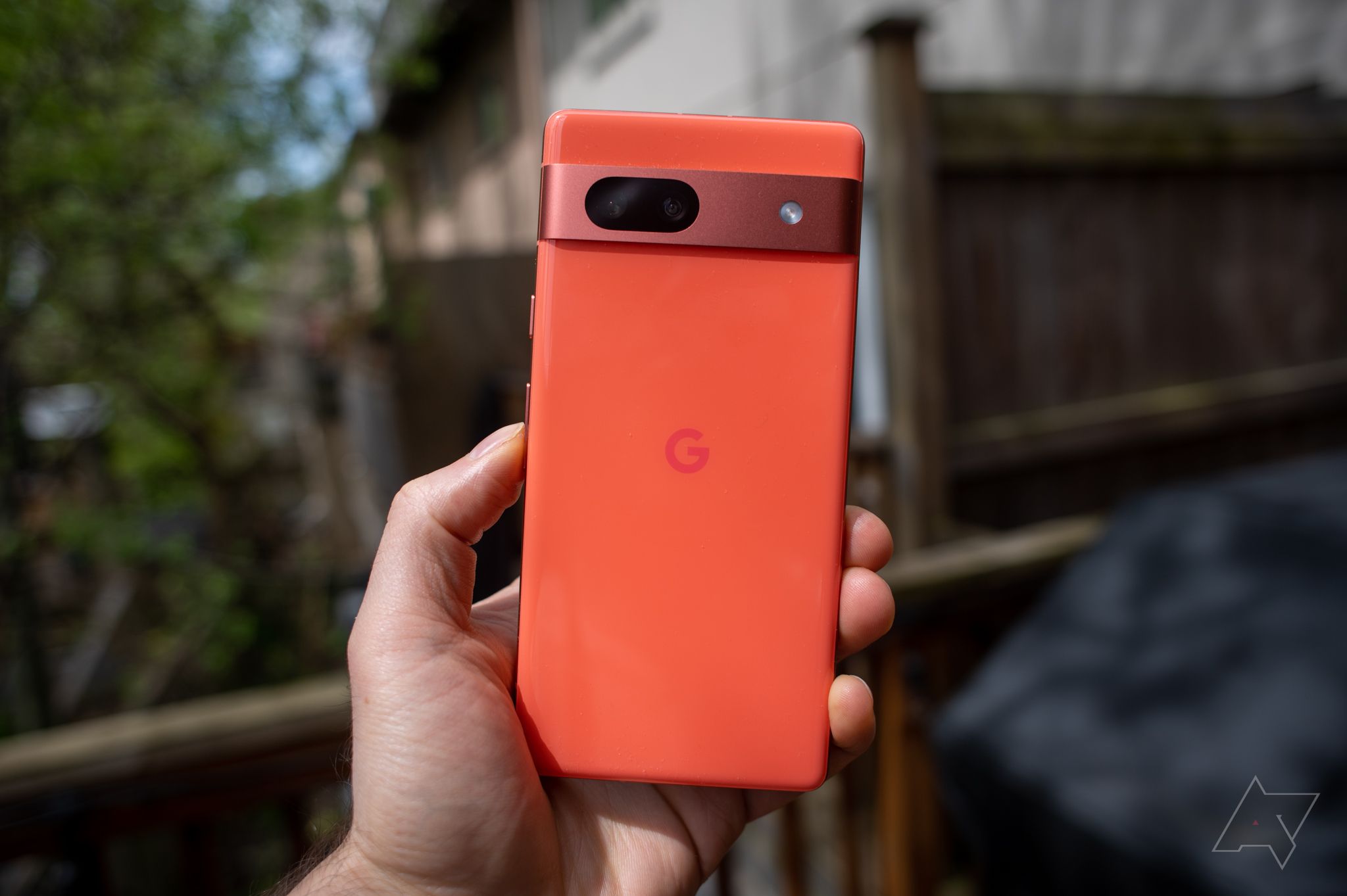We’ve reviewed numerous phones from Nubia’s gaming sub-brand, Redmagic, which offer unbeatable gaming performance at realistic prices. However, they struggle to compete outside of their gaming niche. The Nubia Z60 Ultra is the company’s attempt to deliver an affordable flagship smartphone, pairing flagship hardware with a mid-range price.
Starting at $600, the Z60 Ultra competes with excellent phones from established brands like Google, Samsung, and Motorola, putting it in a tough spot at launch. But despite some noticeable flaws, the Nubia Z60 Ultra can be a good choice for people who like a phone that lets them tweak nearly every aspect while offering high performance.
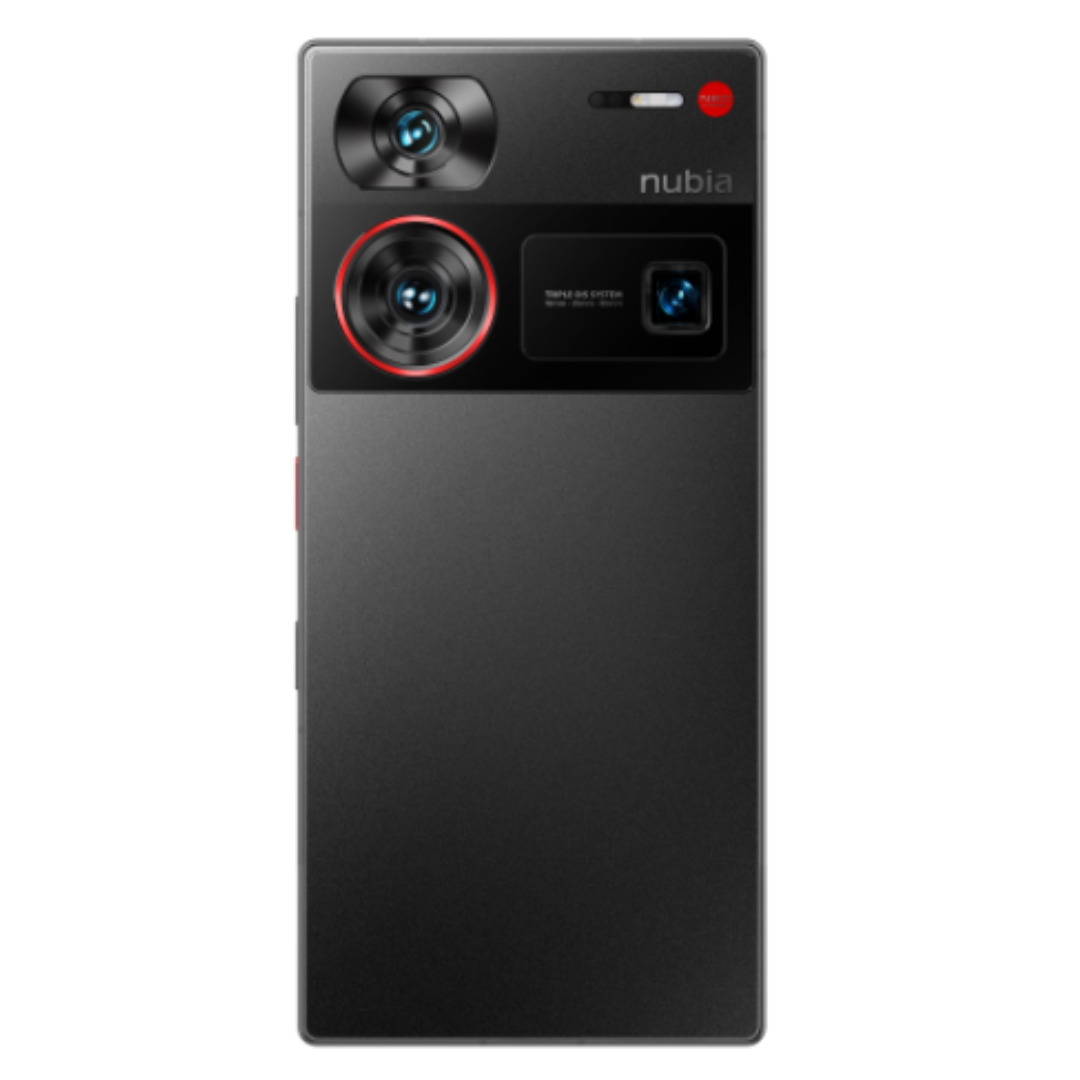
Nubia Z60 Ultra
Nubia’s latest flagship phone attempts to compete with the best Android phones, pairing the latest mobile hardware with a phenomenal battery life and customizable software. However, the software feels unfinished, and the cameras do not produce reliable results.
- SoC
- Snapdragon 8 Gen 3
- Storage
- 8GB, 12GB, 16GB LPDDR5X
- Battery
- 6,000mAh
- Operating System
- Android 14
- Front camera
- 12MP, f/2.0
- Rear camera
- 50 MP, f/1.6, 35mm main; 64MP, f/3.3, 85mm telephoto; 50MP, f/1.8, 18mm, ultrawide
- Dimensions
- 164 x 76.4, 8.8mm
- Colors
- Black, Silver
- Display type
- AMOLED, 120Hz
- Weight
- 246g
- Charge speed
- 80W wired
- IP Rating
- IP68
- Price
- 599
- Stylus
- No
- Display dimensions
- 6.8″
- Display resolution
- 1116 x 2480
- SIM support
- Dual Sim (Nano SIM and eSIM)
- Cellular connectivity
- 4G, 5G
- Wi-Fi connectivity
- Wi-Fi 6
- Bluetooth
- Bluetooth 5.4
- Fast charging
- Fantastic performance without overheating
- Software offers tons of customization options out of the box
- Battery can last multiple days
- Software is riddled with bugs
- Poor connectivity
- Disappointing cameras
- Only three years of software and security updates
Price and availability
Don’t expect good coverage everywhere
The Nubia Z60 Ultra costs $599 in its base 8+256GB configuration, $649 for 12+256GB, and $779 for 16+512GB. This is cheaper than most of our favorite Android phones that offer comparable hardware, but it’s certainly not a budget device. However, with just three years of software and security updates, the value of the Z60 Ultra isn’t as good as it seems on paper.
The Nubia Z60 Ultra is available in the United States, Hong Kong, Indonesia, Israel, Japan, Singapore, Pakistan, Chile, Egypt, Kuwait, Philippines, Qatar, Saudi Arabia, and the UAE through its global store. It is also available for the United Kingdom and European Union countries through the UK and EU stores, respectively. Nubia’s FAQ says it doesn’t have a definitive timeline for shipping to India or Canada.
The Z60 Ultra works on all relevant networks in the US; however, it doesn’t support some bands required by the major carriers. While all main bands are covered, some backup bands needed for consistent coverage (e.g., Band 71 for T-Mobile) are absent. As we discuss later on, this results in a spotty connection.
Design
Stylish and slightly impractical
We’ve reviewed a lot of Nubia’s Redmagic phones at this point, and it’s clear that the company has settled on a design language. The Z60 Ultra is a blocky, brutalist device that forgoes subtlety in favor of a slightly uncomfortable but uncontroversial design. Unlike its predecessor, the Z50 Pro, there are no rounded edges, but the most significant difference is the camera bar.
The Z60 Ultra’s camera bar takes up a third of the phone’s back. Each camera is separated into distinct areas on the raised bar, which shrinks a few millimeters away from the phone edge. The crevices created by the raised camera bar and lenses are lint magnets; I constantly had to wipe away dust from these areas during use. While the camera bar is undoubtedly eye-catching, it’s uncomfortable to hold without a case as your fingers will catch on the lenses, camera bar, and corners.
Apart from a strip along the camera bar, the Z60 offers a matte surface that, while stylish, is slippery.
Apart from a strip along the camera bar, the Z60 offers a matte surface that, while stylish, is slippery. I don’t trust the flimsy clear plastic case Nubia ships with the phone to keep it safe; it’s necessary to use if you don’t want to feel like you’re holding a slippery bar of soap. It’s a large phone, so people with small hands will find it hard to keep a firm grip even with a case.
The bezels are minuscule, allowing the flat screen to take up nearly the whole of the front. The front camera hides under the screen; there’s no punch-hole here or notch to break up the display. Nubia has pre-applied a screen protector, which is great for protection but frustrating when you’re catching your fingers on the side every few seconds. I wish Nubia would ship the screen protector separately to give us the choice.
The power button and volume rocker rest on the side of the Z60 Ultra in portrait, alongside a switch that can be programmed to perform various actions. It’s set to open the camera by default, where I left it for my review. It’s convenient if you like having lots of shortcuts at your fingertips, but the location means it would have been faster to let us double-tap the power button instead, as it’s awkward to reach down to flip it.
I appreciate Nubia’s minimalistic design, but there’s no denying that the phone is uncomfortable to hold for long stretches. You’ll want to buy a case to protect the camera lenses and stop the square phone from digging into your hand.
Display
Easily the best feature of the phone
The Z60 Pro offers an AMOLED 6.8 inch 1116×2480 display with a 20:9 aspect ratio. It can reach 1500 neats in peak brightness; I never had a problem viewing the screen in bright sunlight. It supports a 60Hz or 120Hz refresh rate, but thanks to the impressive battery life (more on that later), you can lock it to 120Hz without losing much screen time.
The screen is one of the best I’ve used for mobile gaming and watching videos. While the under-camera display causes problems with selfies (more on that later), and the angular corners aren’t comfortable in the hand, the result is a screen that makes full use of the space available, edge to edge, and it’s gorgeous.
The screen is one of the best I’ve used for mobile gaming and watching videos.
The Z60 Ultra offers three software color modes: Colorful, Standard, and Soft. While I used the Standard mode for most of my review, it was often too harsh on my eyes, especially at max brightness. Soft mode is much easier to view in dark environments but still displays vivid colors in sunlight. We recently reviewed the Nubia Redmagic 9 Pro, which impressed us with its 960Hz touch sampling rate. The Z60 Pro blows this out of the water with a 1200Hz peak sampling rate; it’s one of the most responsive phones on the market.
Software and performance
Buggy software paired with brilliant hardware
Nubia’s MyOS14 looks close to stock Android on the surface, but dig a little deeper, and you’ll find a wealth of customization options you won’t find on Google’s or Samsung’s phones. The fingerprint unlock animation, app icon shape, and always-on display have plenty of customization choices that are usually only found in third-party launchers or app-icon packs from the Play Store.
There are a couple of practical tricks, too. Swiping in from a translucent bar brings up a shortcut menu that shows up to 15 apps in a floating window. This bar can be moved, but it cannot be removed. Frustratingly, there’s no way to open apps to full-screen automatically.
Unfortunately, my time with the Z60 Ultra was plagued by minor software bugs and connection issues
Thankfully, Google Pay works out of the box, unlike Nubia’s RedMagic phones, and Google Assistant is as easy to set up as it is on Pixel phones. You can customize the Z60 Ultra to be close to a stock Android experience, which is handy if you’re someone like me who prefers a straightforward interface. All these unique customization options are buried in menus; you don’t have to interact with them if you don’t want to.
Unfortunately, my time with the Z60 Ultra was plagued by minor software bugs and connection issues. A common problem was that the phone would refuse to send me notifications for apps. Instagram would cheerfully update me with messages, while important messages on WhatsApp would go unread until I opened the app, and it bombarded me with all my notifications at once.
This wasn’t an app-specific problem either; there was no pattern to what apps refused to work with the notification system.
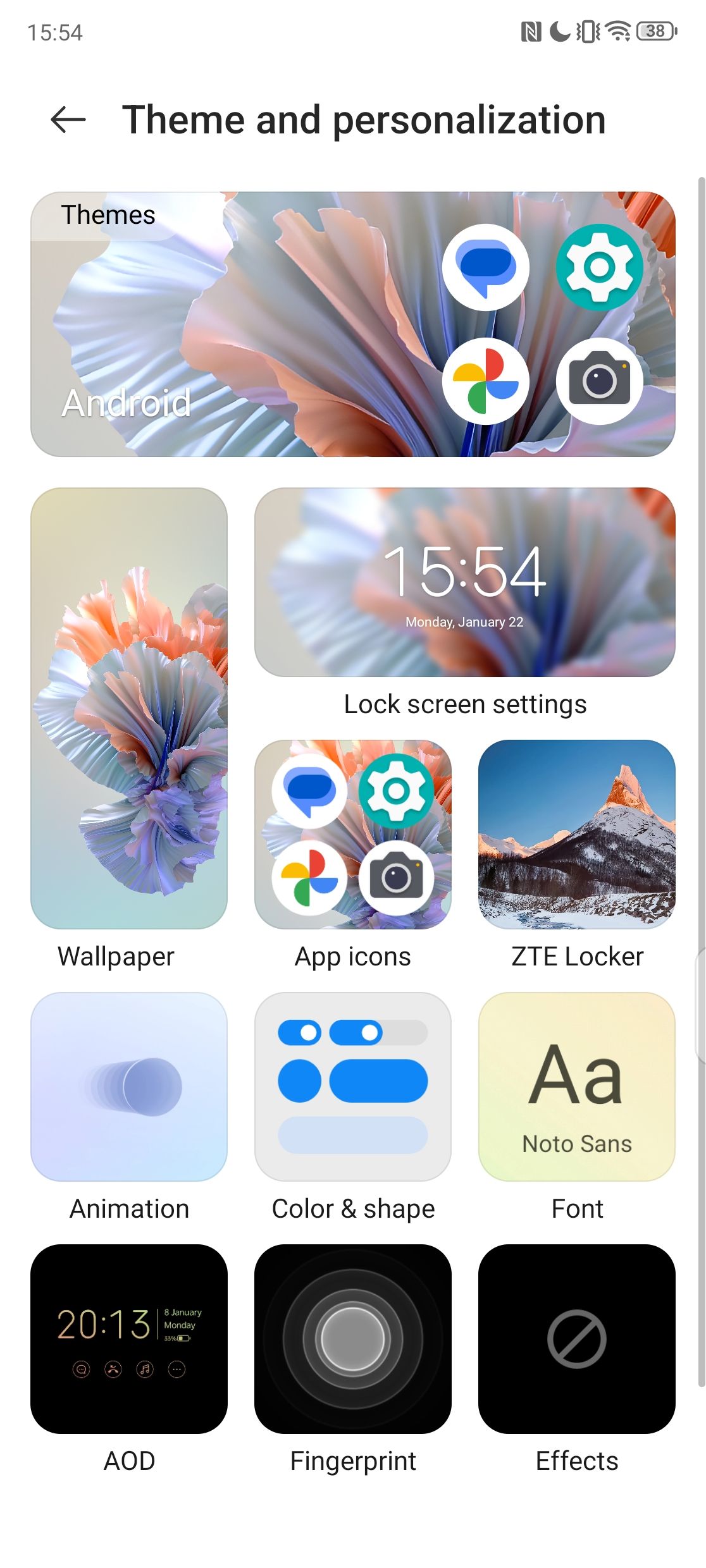
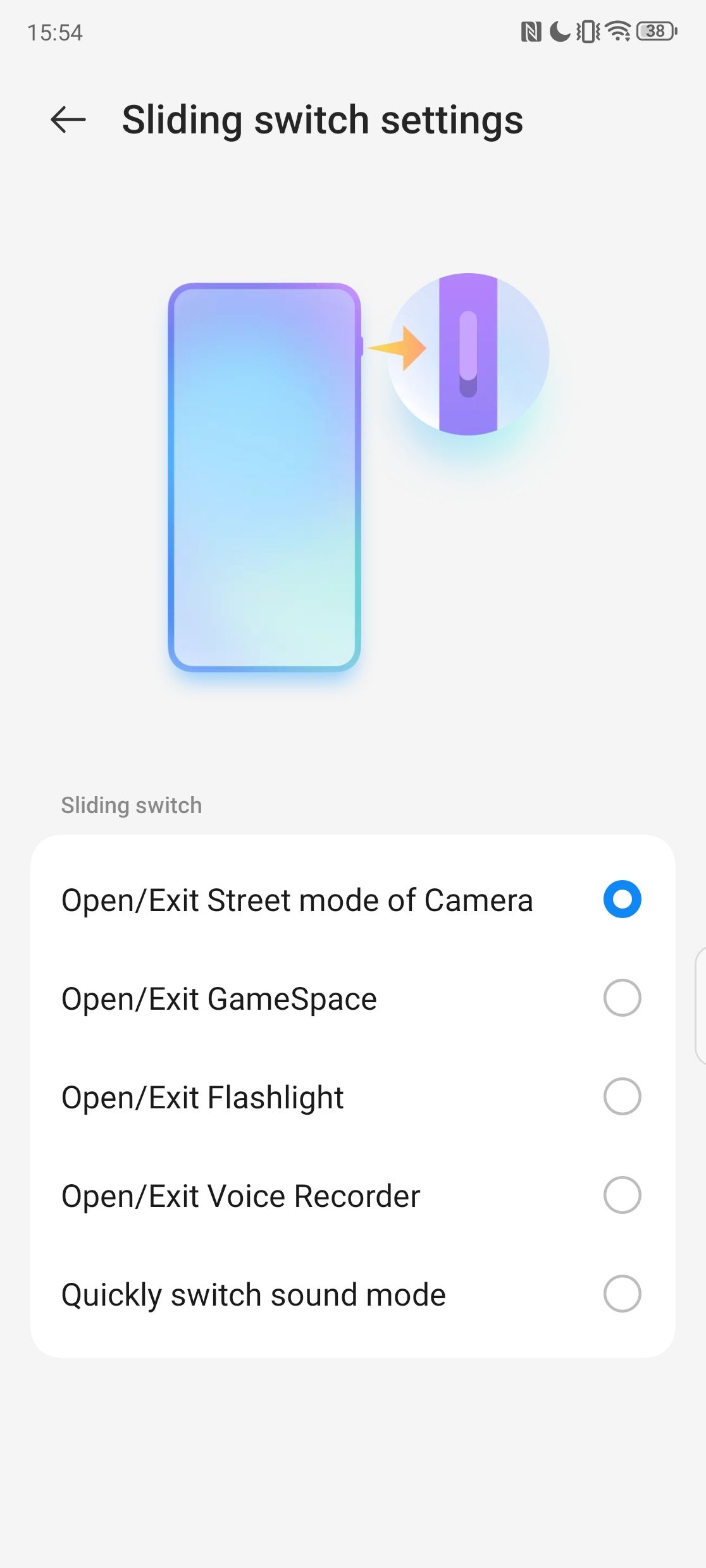
Also problematic was that alarms (on both preinstalled Clock apps) would refuse to ring, and while I liked having tap-to-pay again, it frequently took me two or three goes to make a successful transaction. This may have to do with the camera bar interfering with connectivity.
Connectivity problems weren’t limited to NFC communication either. I rarely saw the 5G icon appear for more than a few minutes at a time, and my 4G LTE connection would also randomly drop out in suburban areas where my Pixel 7 Pro would usually give me a reliable connection.
These bugs and connectivity issues made the phone frustrating to use daily. While a few solid software updates could resolve most of these, many of our problems with MyOS have been noted since our early reviews of RedMagic phones; I don’t hold out much hope for the future. Where the Z60 Ultra nearly makes up for its bugs is its performance and battery life, which are the best I’ve experienced on any phone yet.
The Z60 Ultra might look like a flashy camera phone, but it’s a gaming powerhouse under the hood. I was expecting the Snapdragon Gen 3 chipset to handle any game, and I wasn’t disappointed. Minecraft, Genshin Impact, and Dead Cells all ran at a rock-solid 60fps with the settings cranked up to max. While this wasn’t surprising, I was impressed by how the phone stayed relatively cool during my testing. It does get warm to the touch, but never so much that I had to stop playing. It’s easily able to handle all of the most demanding games on Android.
I was impressed by how the phone stayed relatively cool during my testing. It does get warm to the touch, but never so much that I had to stop playing.
The phone also performed beautifully outside of gaming. The UI never struggled to keep up, even when I was watching a video in a floating window, downloading music in the background, and scrolling Instagram simultaneously. It’s a great experience but marred by the aforementioned bugs.
Unfortunately, while the top-of-the-line hardware will be relevant for years, it feels redundant when the phone will only receive three years of software support. It could last for over twice that long, but unless you want to risk using a phone with out-of-date security patches, you won’t want to. You’ll also have to deal with Nubia’s update cadence, which is spotty at best.
Battery life
You’ll never have to run for a charger
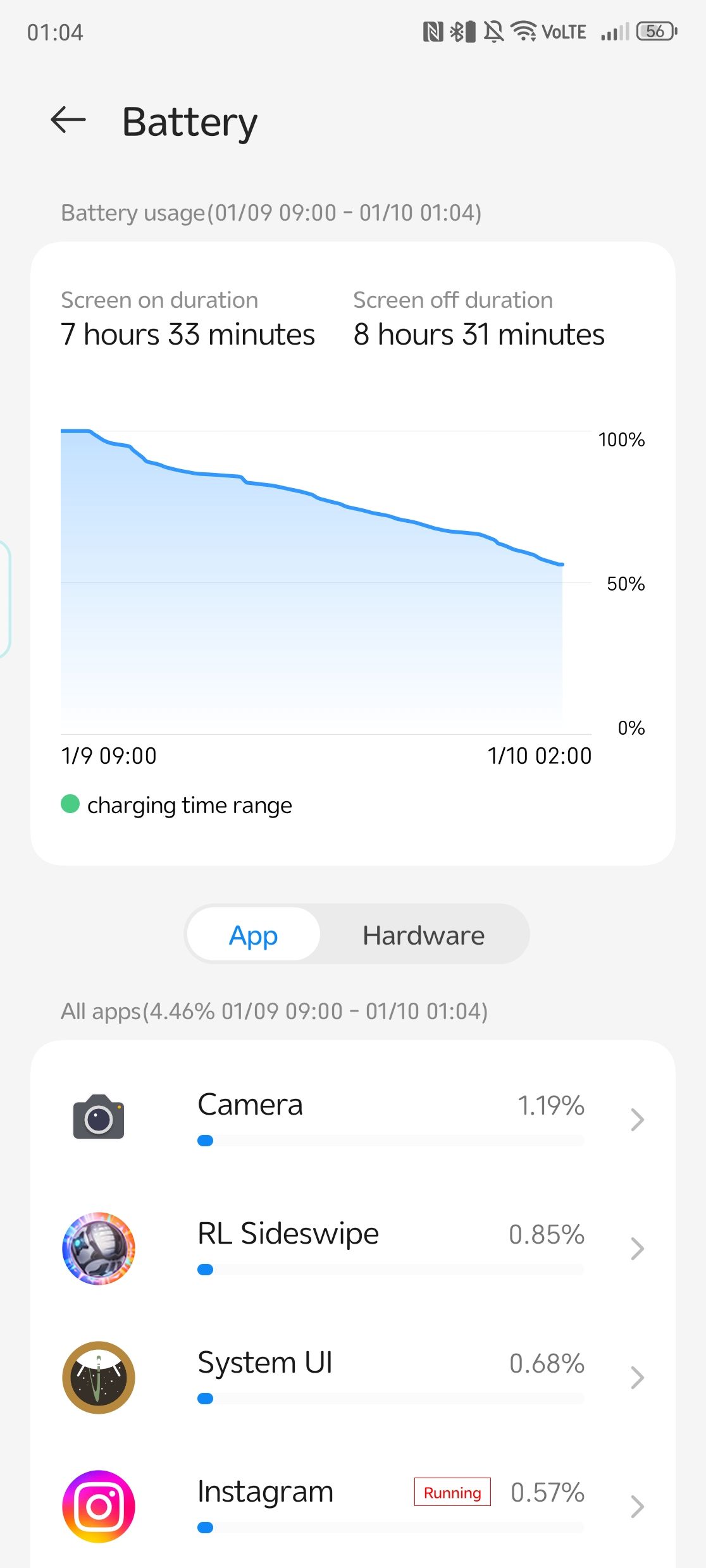
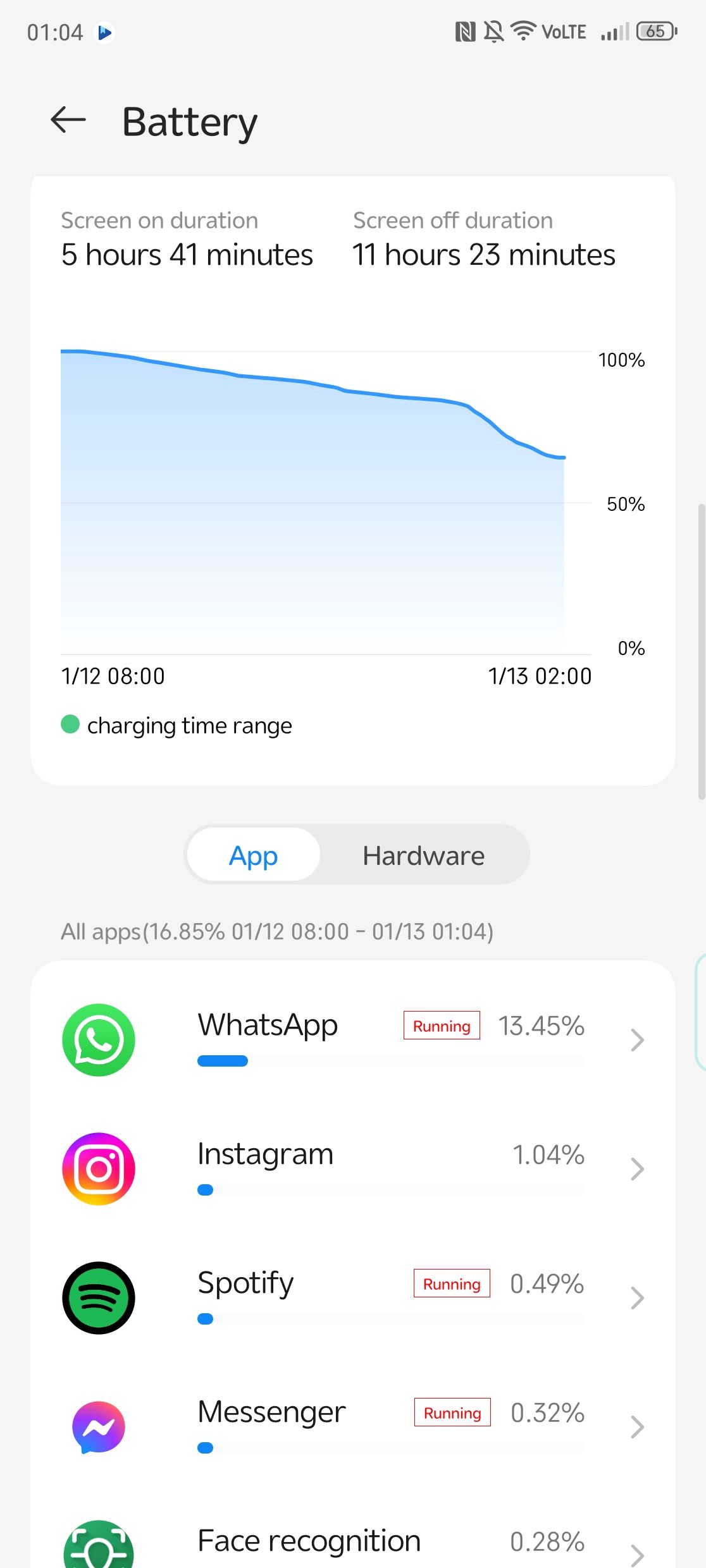
Excellent performance can come at the cost of battery life, but not in the case of the Z60 Ultra. Even after locking the refresh rate to 120Hz, I found that the phone’s 6,000mAh battery would comfortably last me all day, averaging about six hours of on-screen time to bring me to around 50%. If you’re careful, you could get two or even three days out of the phone. The biggest drain was recording with the cameras; 4K recording will drain it incredibly fast.
While I couldn’t test the boxed charger due to region incompatibility, my 45W Anker charger only took 43 minutes to charge the phone from 0% to 100%, thanks to the phone’s Turbocharge feature. While the phone grew warm during charging with this feature, it never overheated.
A nifty feature of the Z60 Ultra’s battery is split charging. This gives your device power without charging the battery; it is perfect if you want to keep your phone topped up during media or gaming without overheating.
Cameras
Challenging to work with
The Z60 Ultra’s cameras are flashy and eye-catching, but there’s much more to a good cameraphone than slapping the biggest lens you can on the back. While I was excited to try out these cameras, I soon found myself disappointed with the inconsistent results I got.
The 50 MP, f/1.7 main lens offers a wider focal length than most modern cameras. 35mm feels like a lot, and I noticed the difference immediately when shooting outside. It’s accompanied by a 64 MP, f/3.3, 85mm telephoto camera and a 50MP, f/1.8, 18mm ultrawide camera. Results were oversharpened and needed better color correction. I missed my Pixel’s software tricks that optimize photos after the shot.
The Z60 Ultra seems to shift a shot’s colors in the wrong direction, whether turning the already bleak world of England in January more grey or oversaturating indoor photos to the extreme. The ultra-wide sensor is noticeably wider than the primary lens. I enjoyed using it for outdoor landscape photography, although it suffered from the same post-processing problems as the main lens.
The telephoto lens, on the other hand, is awful. It can zoom up to 30x, but I don’t recommend it; the results are blurry and unusable. A 15x zoom is passable, but I’m surprised Nubia enabled 30x zoom at all when the results are so disappointing.
The selfie camera is also disappointing. While I’m not expecting magic, the oversharpened results it produced require heavy editing before you post them to social media. However, despite their flaws, the Z60 Ultra’s cameras can turn out great photos in the right environment. And if you enjoy tweaking your lenses, the Pro mode on the camera unlocks a vast range of settings.
Competition
There are more reliable phones for similar prices
The Z60 Ultra is $600 for its base model, putting it up against stiff competition. For $100 more, the Samsung Galaxy S23 offers significant improvements in every area, bar charging, but for $500, you get the Pixel 7a, which provides the best software experience on Android, plus fantastic cameras to boot.
The Pixel 7a doesn’t offer the AI tricks of the Pixel 8 series, nor does the Z60 Ultra. While the Tensor G2’s performance isn’t close to the Snapdragon Gen 3’s capabilities, it’s still a reliable chipset for gaming and media. But of course, the Pixel experience means good cameras, and here it wins hands down. It will also get software updates until 2026 and security updates until 2028. However, you must deal with subpar battery life and slow charging speeds.
The Galaxy S23 is more expensive but offers a beautiful screen, long-lasting battery, and One UI, which beats out MyOS regarding reliability and design. The Snapdragon Gen 2 chip isn’t much of a downgrade either; it’s an efficient chipset that can handle all games just as well as the Gen 3 without overheating.
Should you buy it?
The Z60 Ultra is impressive on paper but struggles to back up its promises after a few days of use. While its performance and battery life are outstanding, the unreliable software and disappointing cameras are frustrating daily. It feels like a phone that should have gone through a few more rounds of testing before it made its way to the public.
If Nubia manages to improve these issues with software updates, we could consider it one of the best Android phones around, but I don’t hold out much hope with only three years to go.

Nubia Z60 Ultra
The Nubia Z60 Ultra is the first Nubia phone sold in the US, offering similar top-of-the-line specs to its Redmagic line, with a Snapdragon 8 Gen 3 included. Software bugs hold back the experience, but the price is certainly right for what you get.
Source link

